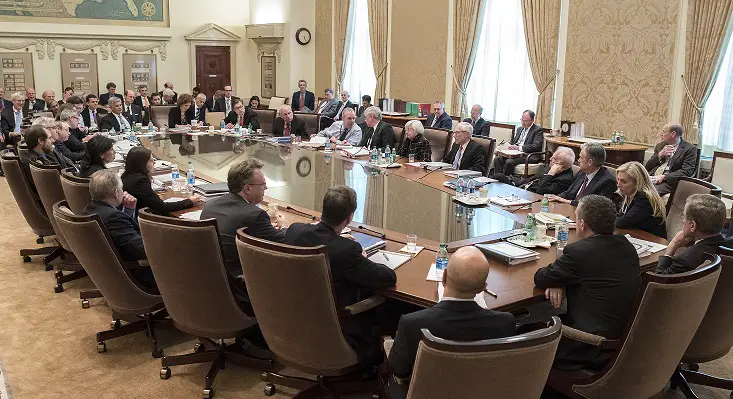Multiple Federal Reserve officials are beginning to lay the foundations for more restrictive monetary policy moves by the central bank in the coming months, including a possibly higher than expected peak rate, as signs of a potential inflationary environment continue to persist in the US economy.
Several policymakers signaled in several speeches this week that a more hawkish path may be needed going forward. Although they said they welcomed recent signs inflation may be declining, they warned that it was just a beginning, and the Fed still had more to do before it would have US prices under control.
In prepared remarks before the Arkansas State University Agribusiness Conference, Fed Governor Christopher Waller said, “We have farther to go. And it might be a long fight, with interest rates higher for longer than some are currently expecting. But I will not hesitate to do what is needed to get my job done.”
Last week the Fed raised its benchmark interest rate by 25 basis points, bringing the key rate to a range of 4.5% to 4.75%. Afterward officials signaled that there would be a “couple more” increases possible for this year.
However since then, the January jobs report came in much stronger than anyone had anticipated, prompting fears the Federal Reserve would interpret the strength of the jobs market as a sign wages would continue to increase, and that would put upward pressure on consumer prices.
Since the report some investors have even been putting bets on rates going as high as 6% by the end of the year.
So far the Fed has indicated it feels much of the inflation the economy has seen has been produced by the imbalanced labor market. In January, the labor market saw an amazing 517,000 new jobs created, almost tripling Wall Street’s expectations, as the unemployment rate fell to 3.4%, the lowest it has been since May of 1969. The numbers for November and December were also revised higher, indicating as the new year had begun, the economy was carrying more momentum than analysts were calculating on.
On Tuesday, Minneapolis Fed President Neel Kashkari said the jobs report indicated the Federal Reserve would have to do more going forward to combat inflation. Kashkari, as a voting member of the Federal Open Market Committee, said he sees rates rising to 5.4% this year.
In an interview with CNBC’s Squawk Box, he said, “We have a job to do. We know that raising rates can put a lid on inflation. We need to raise rates aggressively to put a ceiling on inflation then let monetary policy work its way through the economy.”
Atlanta Fed President Raphael Bostic echoed those thoughts, indicating a higher peak rate may be needed than previously expected, if the economy does not cool down.
Bostic said, “It’ll probably mean we have to do a little more work. And I would expect that that would translate into us raising interest rates more than I have projected right now.”
Fed Chair Jerome Powell has said repeatedly that if the data indicates it is necessary, Fed officials will be willing to raise the peak rate to cool the economy enough to gain control over inflation. He reiterated that message on Tuesday, at the Economic Club in Washington, DC, during a question and answer session.
Powell said, “We’re going to react to the data. So, if we continue to get, for example, strong labor market reports or higher inflation reports, it may well be the case that we have to do more and raise rates more than has been priced in.”

